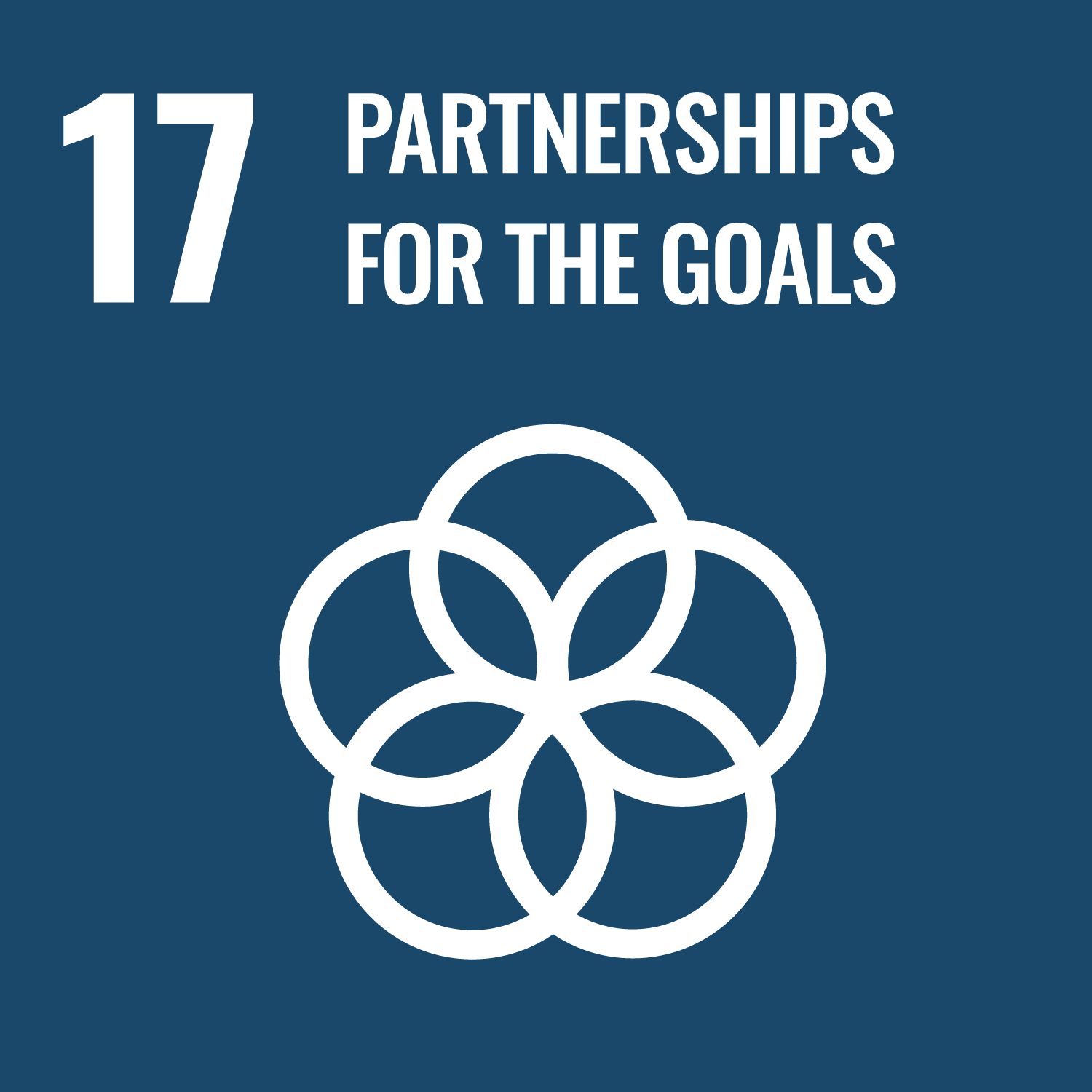The purpose of this course is to help students increase their score on the TOEIC test. Students will gain practice in both
the listening and reading sections of the test. They will also learn vocabulary and grammar commonly used in the test, and
useful test-taking techniques. Besides the final test, students will take either a mid-term test or several quizzes during
the semester. They will follow the test schedule their teacher gives.
The purpose of this course is to help students increase their scores on the TOEIC test.
- To be able to gain a higher score on the TOEIC test.
- To be able to choose the correct answers quickly.
- To be able to use useful vocabulary, grammar, and test-taking techniques.
| Mid-term Exam or Mini Tests | Final Exam | Assignments | Practice in class | Total. | |
|---|---|---|---|---|---|
| 1. | 15% | 15% | 5% | 5% | 40% |
| 2. | 10% | 10% | 5% | 5% | 30% |
| 3. | 5% | 5% | 10% | 10% | 30% |
| 4. | 0% | ||||
| Total. | 30% | 30% | 20% | 20% | - |
The final score will be calculated as follows: 60% of the class score (100 full points) + 40% of TOEIC-IP test score. Students
need to score 60% or more in order to pass the course. For the calculation of the TOEIC test score, a score of 800 is regarded
as full points (100 points). A score of 800 and above will be counted as 100 points.
Class score
Participation: 20%
Assignments: 20%
Mini Tests or Mid-term Exam: 30%
Final Exam: 30%
Students can expect to obtain more than 60 points if their performance on tests and assignments shows that they have mostly comprehended the learning contents of the course.
Class score
Participation: 20%
Assignments: 20%
Mini Tests or Mid-term Exam: 30%
Final Exam: 30%
Students can expect to obtain more than 60 points if their performance on tests and assignments shows that they have mostly comprehended the learning contents of the course.
| Class schedule | HW assignments (Including preparation and review of the class.) | Amount of Time Required | |
|---|---|---|---|
| 1. | Introduction to the course Lesson 1: Photographs |
Check vocabulary (Lesson 1) | 200minutes |
| 2. | Lesson 1: Photographs Lesson 2: Question-Response |
Check vocabulary (Lesson 1, 2) | 200minutes |
| 3. | Lesson 2: Question-Response | Check vocabulary (Lesson 2) | 200minutes |
| 4. | Lesson 3: Short Conversations | Check vocabulary (Lesson 3) | 200minutes |
| 5. | Lesson 3: Short Conversations | Check vocabulary (Lesson 3) | 200minutes |
| 6. | Lesson 4: Short Talks | Check vocabulary (Lesson 4) | 200minutes |
| 7. | Lesson 4: Short Talks | Check vocabulary (Lesson 4) | 200minutes |
| 8. | Lesson 5: Incomplete Sentences | Check vocabulary (Lesson 5) | 200minutes |
| 9. | Lesson 5: Incomplete Sentences | Check vocabulary (Lesson 5) | 200minutes |
| 10. | Lesson 6: Text Completion | Check vocabulary (Lesson 6) | 200minutes |
| 11. | Lesson 6: Text Completion | Check vocabulary (Lesson 6) | 200minutes |
| 12. | Lesson 7: Reading Comprehension | Check vocabulary (Lesson 7) | 200minutes |
| 13. | Lesson 7: Reading Comprehension | Check vocabulary (Lesson 7) Review Lessons 1-7 |
200minutes |
| 14. | Class Final Examination Strategies to the TOEIC test |
Prepare for the TOEIC IP Test | 200minutes |
| 15. | TOEIC IP Test - Not done in class. The date, time and place of the test will be announced in class. | ||
| Total. | - | - | 2800minutes |
| ways of feedback | specific contents about "Other" |
|---|---|
| Feedback in the class |
Complete Guide to the TOEIC® Test, Fourth Edition (Student Book), Bruce Rogers,
Cengage Learning
*Audio files for Listening are available by cliking "音声ファイル" on
http://cengagejapan.com/elt/Exam/page/?no=1485227871n2m7z
*The listening scripts are uploaded to the TOEIC II Community on ScombZ.
Do NOT use these for other than class use. After the semester, delete these files from your device.
Cengage Learning
*Audio files for Listening are available by cliking "音声ファイル" on
http://cengagejapan.com/elt/Exam/page/?no=1485227871n2m7z
*The listening scripts are uploaded to the TOEIC II Community on ScombZ.
Do NOT use these for other than class use. After the semester, delete these files from your device.
- Lunch Time on Wednesdays
- Before or after class
- Learning support is available at the Learning Support Room.
- Course that cultivates an ability for utilizing knowledge
| Work experience | Work experience and relevance to the course content if applicable |
|---|---|
| N/A | N/A |



- 4.QUALITY EDUCATION
- 10.REDUCED INEQUALITIES
- 17.PARTNERSHIPS FOR THE GOALS
Last modified : Fri Oct 25 04:03:51 JST 2024
